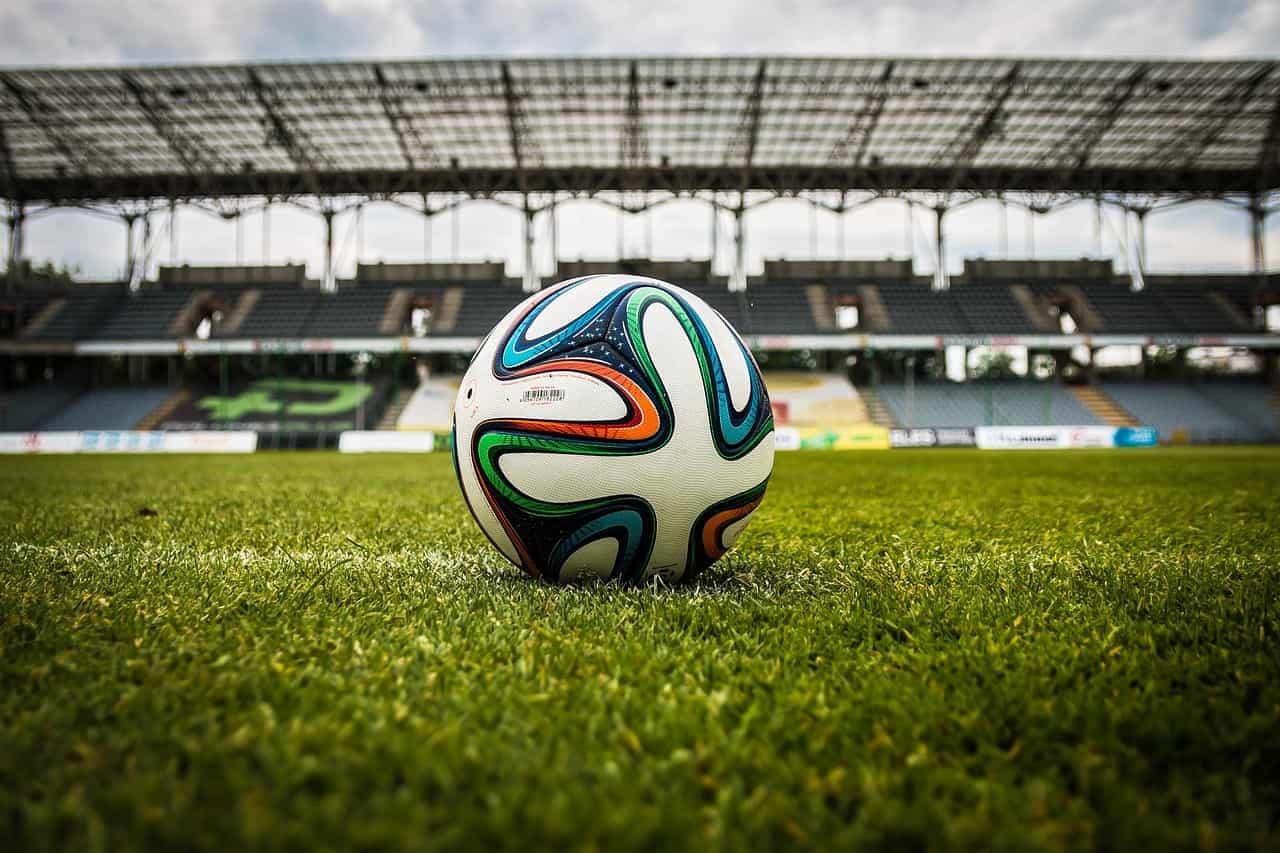
The definition of the national game changes according to the continent you are on, but the history of both US football and UK football has similar roots, which may or may not be surprising.
What doesn’t change is the sectarian pride and rabid fan following that epitomizes both US and UK football. Every fan thinks their team is the best, that they have the best players, and that they are destined to be crowned champions this season – whether they use a round ball to play, or an elongated sphere.
Sports betting on both US and UK football allows fans and analysts the opportunity to demonstrate their faith in the team (or to capitalize on a predicted turn of performance). In the UK, sports betting is a large market with US following closely behind as individual states being to open up sports betting markets. Now, Americans can access some of the top sports betting operators in NY, NJ and many other states and place a bet on their favourite team or sporting event including the Premier League in the UK!
Football (or soccer, for the US readers) is widely considered to be the most popular sport, and ball games are an intrinsic part of human history, even as far back as the ancient Chinese, Romans, and Greeks.
In England, there are early references to organized ball games as far back as 1174, where a description of a massive ball game celebrating Shrovetide was written by Willian Fitzstephen in his book Descriptio Nobillisimi Civitatis Londinae. These games were more about handling the ball rather than kicking – the balls were leather stuffed with wool or even sawdust, so they were too solid to kick. Festival games like the one described above still take place today, but the only real mention we get of early football games comes from the orders that were made banning games being played. Mob football is the term used to describe these games – there were barely any rules, and the chaos that could be caused led to more than 30 banning orders to prevent a public nuisance.
The rational response to this was to draw up rules, and initially this happened in Edinburgh in 1833, with Cambridge and Sheffield soon following. These rules fed into the formulation of the Football Association rules, which were drawn up by a solicitor called Ebenezer Cobb Marley.
Football in the UK (and everywhere apart from the US) really became more about kicking when the technological advancement of vulcanization allowed for the manufacture of cheap and reliable rubber bladders – much more comfortable to kick than a leather bag stuffed with moss.
The popularity of football (soccer) can be demonstrated with just one statistic – there are 211 nations under FIFA administration, but only 193 full member countries in the United Nations.
As you can imagine, US football came from the games played throughout Europe, based on mob games mostly. They tended to combine elements from both rugby and football, but the rules would differ from place to place, especially when colleges and universities would establish teams and play games.
Originally, the mob games would involve a huge number of players who needed to get the (round) ball to the goal by any means necessary, usually involving violence and injury, which was chaotic and although fun, it was dangerous.
By the late 1860s, there was a clear demarcation between a running (carrying) game and a kicking game, but the colleges realized that they needed to start codifying rules that could be used everywhere.
Games began to be played that had similar rules to the FA in the UK – limiting the number of players to 15 then 11, but adding elements of rugby, such as the try that became the touchdown.
Despite these challenges, several big games were played between the most prestigious establishments in the US, but it wasn’t until Walter Camp enrolled at Yale in 1876 that the game really started to come together. Known as the Father of American Football, Camp is credited with introducing some of the most important parts of the game, including things like the line of scrimmage, the snap from the center to the quarterback, and the use of interference or blocking.
He also wanted to make the game more exciting, drawing on the earlier established rule of a tackle stopping play. This rule could make a game very boring if it kept happening, so he introduced down and distance rules to the tackles – teams have to make a distance of five yards in three downs to make it more exciting.
Rules grew and changed, safety concerns became paramount and added protection like helmets to the game, and suddenly we have the NFL, the Super Bowl, and a national sport that looks so much different to the football games played in the UK and Europe.